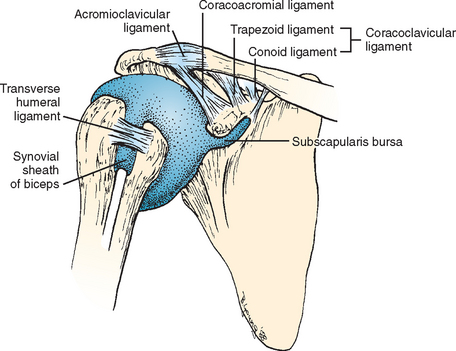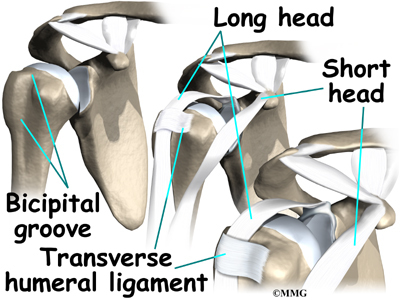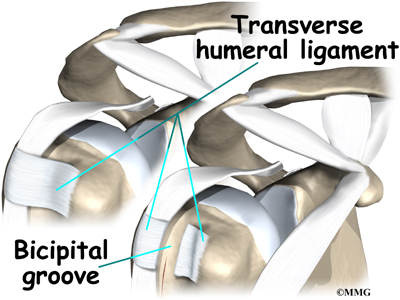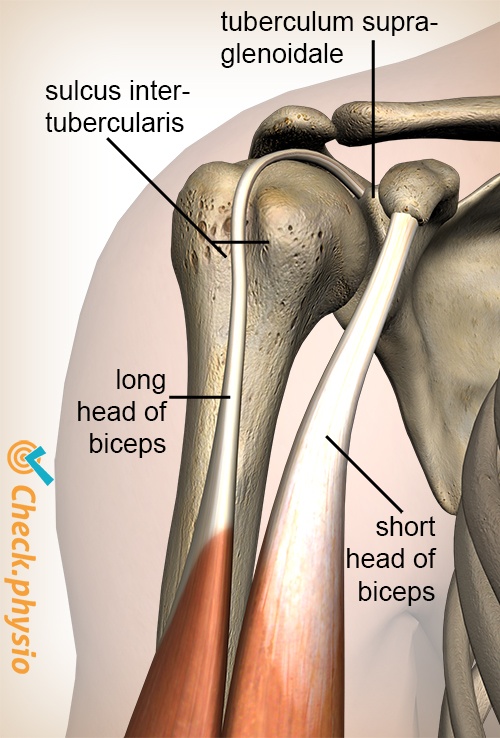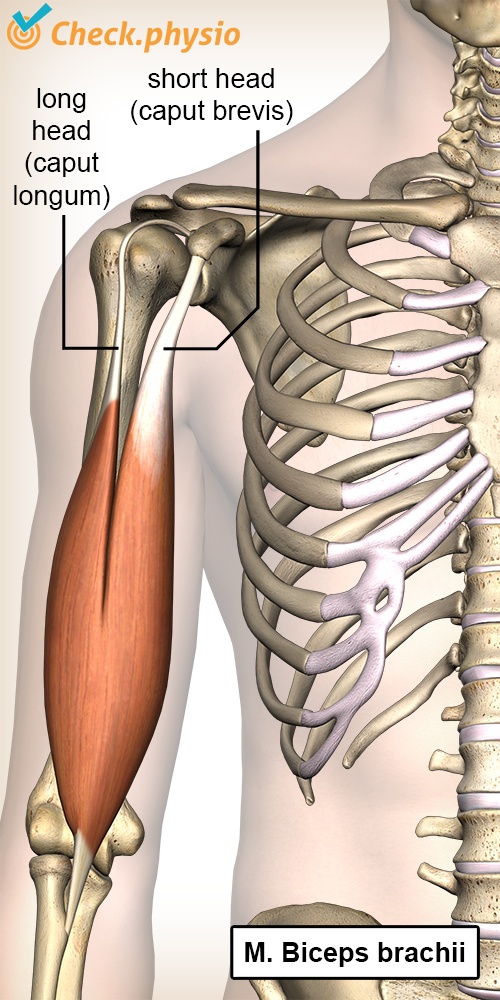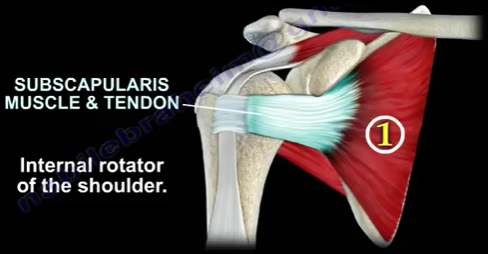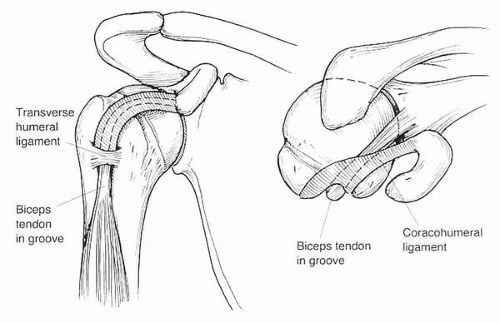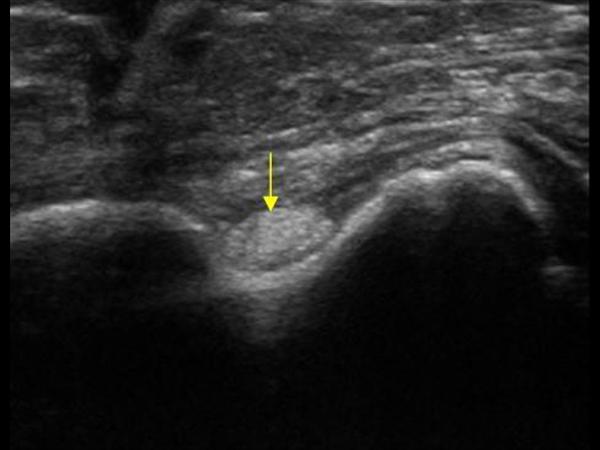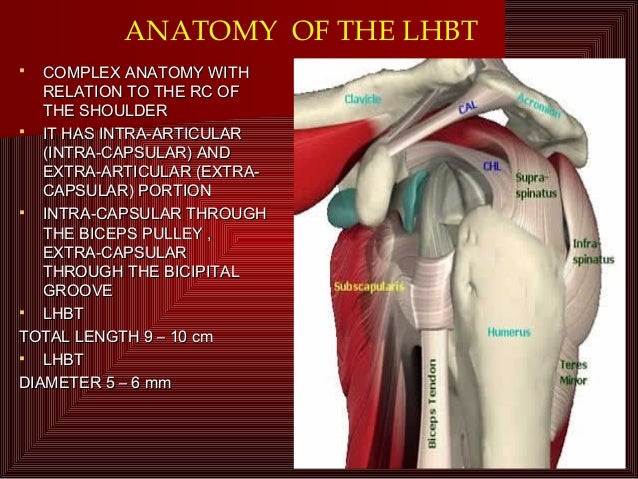Bicipital Groove Transverse Ligament
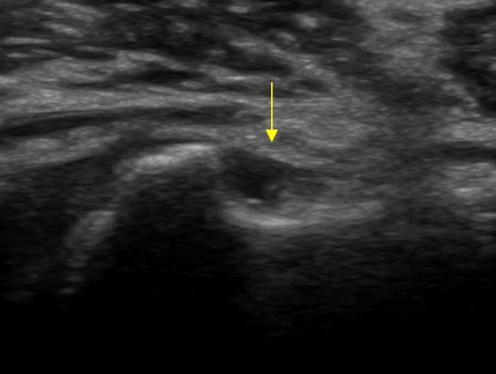
Occasionally the soft tissue restraints that maintain the position of the long head of the biceps tendon within the groove can be injured allowing the tendon to sublux or partially dislocate in and out of.
Bicipital groove transverse ligament. However more recently its role in stability has been refuted with many authors questioning its existence as a distinct anatomic structure. Humeral head depressor during abduction. Historically the transverse humeral ligament thl was thought to play a primary role in bicipital groove stability. Dislocation of the long head of biceps tendon is one of the complications of shoulder injury.
Primary function is to stabilize humeral head in glenoid during elbow flexion and forearm supination. The contents of this groove are long head of biceps brachii synovial sheath and ascending branch of anterior circumflex humeral artery. This ligament has been found to be ossified. The groove is bridged by transverse humeral ligament.
Flexor and abductor of shoulder. The groove is bordered on three sides by bone the bicipital ridge with a roof covered by the transverse humeral ligament. The transverse humeral ligament brodie s ligament forms a broad band bridging the lesser and greater tubercle of the humerus its attachments are limited superior to the epiphysial line by enclosing the canal of the bicipital groove intertubercular groove it functions to hold the long head of the biceps tendon within the bicipital groove. The long head of biceps lhb tendon is usually located inferiorly in the bicipital groove held there by the biceps pulley the stabilization role of the transverse humeral ligament is controversial 3 as it moves superiorly it arches through the rotator cuff interval where it is held by a sling.
Attrition of the tendon and changes in the transverse humeral ligament render it prone to displacement from the bicipital groove. Other functions unclear hypotheses include. This test is used to check the ability of the transverse humeral ligament to hold the biceps tendon in the bicipital groove 1 patient sits while examiner stands in front. The most common finding of biceps tendon injury is bicipital groove point tenderness 1 during physical examination the patient stands or sits with the arm at his or her side in 10 degrees of.
The transverse humeral ligament brodie s ligament 1 forms a broad band bridging the lesser and greater tubercle of the humerus its attachments are limited superior to the epiphysial line by enclosing the canal of the bicipital groove intertubercular groove it functions to hold the long head of the biceps tendon within the bicipital groove.
